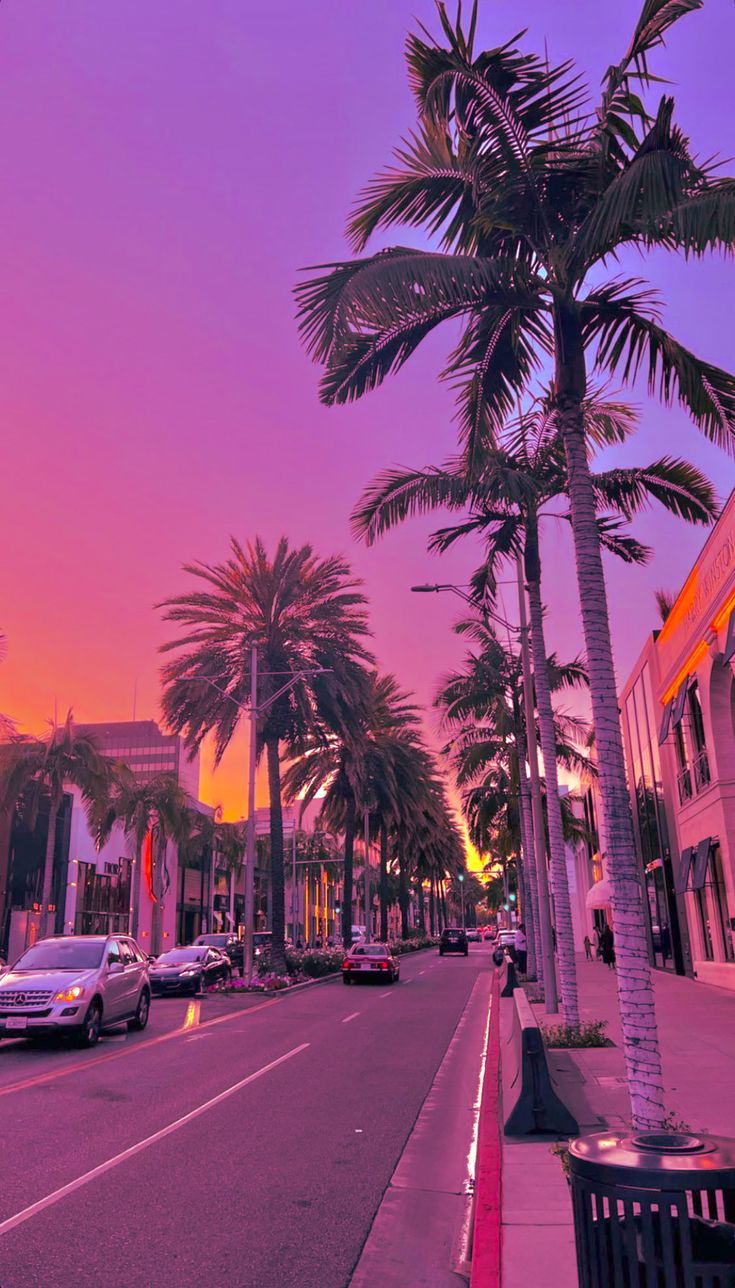Discover Los Angeles


History
From Spanish missions to silver screens. Los Angeles was founded in 1781 as El Pueblo de la Reina de Los Ángeles, a small Spanish settlement near the Río Porciúncula, now the LA River. After Mexican independence in 1821, it became a cattle-ranching hub, then transitioned to American control in 1848 after the Mexican-American War. The late 19th century brought railroads, oil booms, and citrus groves, but LA’s destiny shifted with the rise of Hollywood in the 1910s. The film industry attracted talent worldwide, while World War II spurred aerospace and defense growth. Postwar suburbanization, freeway expansion, and waves of migration from Black communities during the Great Migration to Latino and Asian populations solidified LA as a mosaic of cultures. Events like the 1965 Watts Riots and the 1984 Olympics reveal its complex social fabric.
Geography
Los Angeles sprawls across a vast basin ringed by mountain ranges, including the Santa Monica Mountains and the San Gabriels. Its 75-mile coastline ranges from the cliffs of Malibu to the sandy stretches of Venice and Long Beach. The LA River, now largely concrete-lined, bisects the city, while fault lines like the San Andreas remind residents of seismic risks. Neighborhoods climb into hills such as Hollywood Hills and Baldwin Hills, flatten into valleys like the San Fernando Valley, or hug the coast in Santa Monica. Microclimates vary dramatically from beach fog to desert heat in the inland valleys, making LA a study in contrasts.
Why Visit Los Angeles?
🎬 Hollywood Glamour
Walk the Hollywood Walk of Fame and tour legendary studios.
🌊 Iconic Beaches
Relax on Venice Beach, Santa Monica, and Malibu’s scenic shores.
🎨 Cultural Diversity
Explore museums, art districts, and authentic global cuisines.

